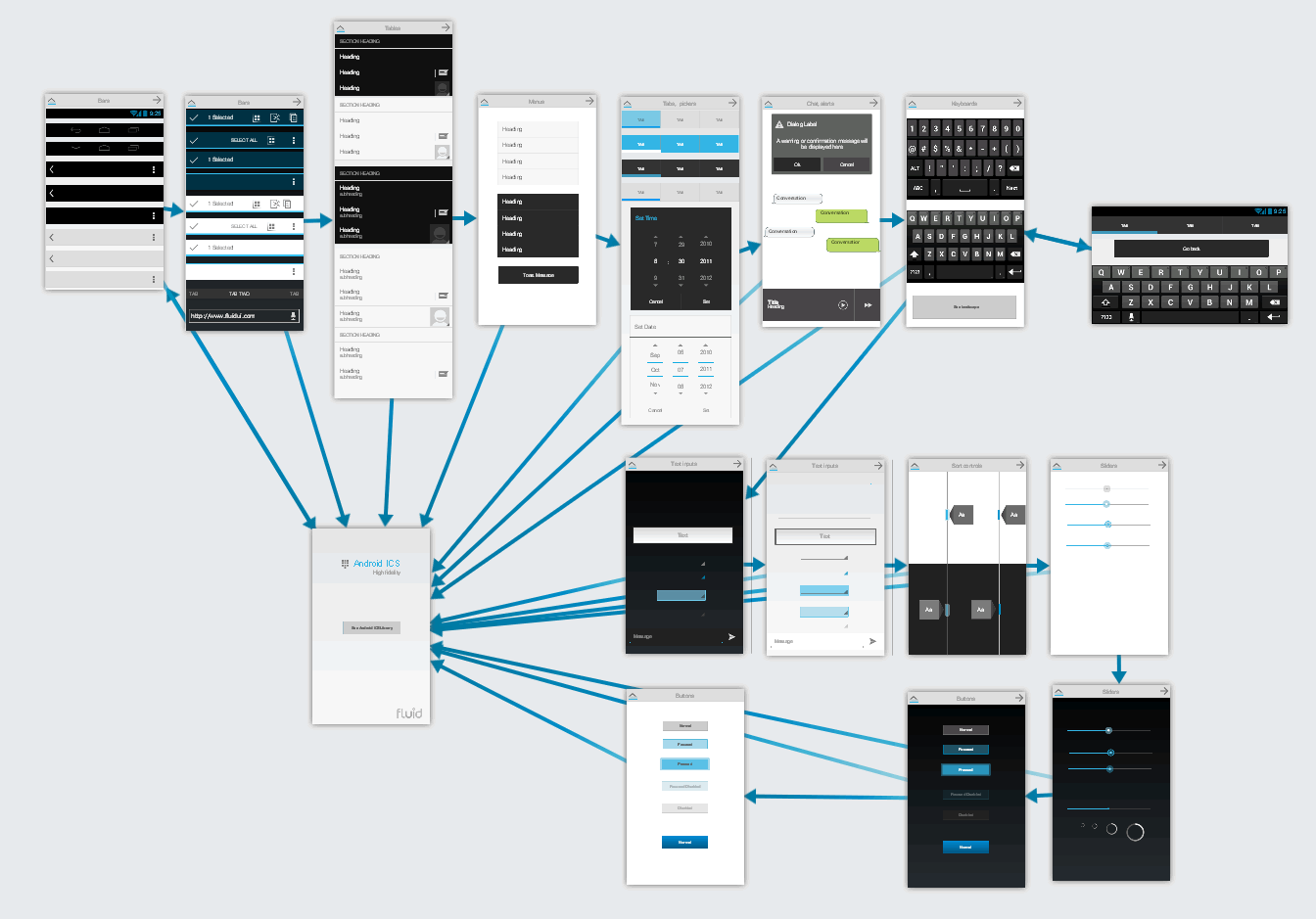For any blog or website to gain a good deal of success, one needs to put in a lot of effort to create an editorial process, publish articles and do some online PR to create readership. Once you start producing quality content, your main aim will be to create a better experience for readers to ensure more engagement, the greater number of page views and signups. This is where Google Analytics comes into the picture. Here are some of the major areas of a Google Analytics report that you should pay attention to, to be a successful web publisher.
Dimensions
On the left side of the report, you will come across report dimensions. They will describe your data. A normal example of this would be the Location Report, which you will find under the audience. The location information that you will come across on the left is the report’s dimension.
Metrics
You will come across metrics on the right side of the Google Analytics report. These are quantitative measurements of your data. With the help of acquisition and behavior metrics, you will be able to interrelate with each location dimension.
Go to Custom Dimensions
Once the dimensions and metrics are covered, you will need to gain a good understanding of the most advanced tools that can be used to find out how people interact with your site’s content. Usually, Google Analytics provides us with loads of different dimensions. However, as every site is different in terms of content and users, you need to be particular with different types of reporting to make correct decisions for your content.
That is when custom dimensions need to be used. They will help you to generate reports that provide any type of information which you think of user data. Some of the best examples of custom dimensions include article category, author, article tags, video, article length, featured image and publication year. Once you finalize, which custom dimensions best explain your audience and content, you can use them to know more about what readers want.
Another instance might be content that includes video. It might be that you are not satisfied with user engagement data that you come across in your analytics overview. The time people spend on the site is high and bounce rate high. You can create a custom direction that looks at the video content, and find that as compared to your total data, the average time spent on your site is high. The bounce rate, on the other hand, has gone down. Now, you can decide on how to include more video-rich content and ensure a better experience for your readers.
The last thing that you will need to do is to update your Google Analytics code to view specific data with precision. In case you are not the primary user of your site, you will need to take the help of your web developer to ensure the proper installation of the code.
Goals
Though custom dimensions matter to assist you in gaining useful insights regarding how to readers interact with your content, you can only found out whether your business is succeeding or not through tracking goal conversions. Once you can figure out the exact categories of content your readers are interested in, you can bring your website’s aims closer to that of your business. Moreover, you will also be able to track goal conversions to determine whether your site fulfills its target objectives or not. Once you start to follow the above mentioned Google Analytics tips, you will be a successful web publisher in your own right.
To know more visit: WebitMD






